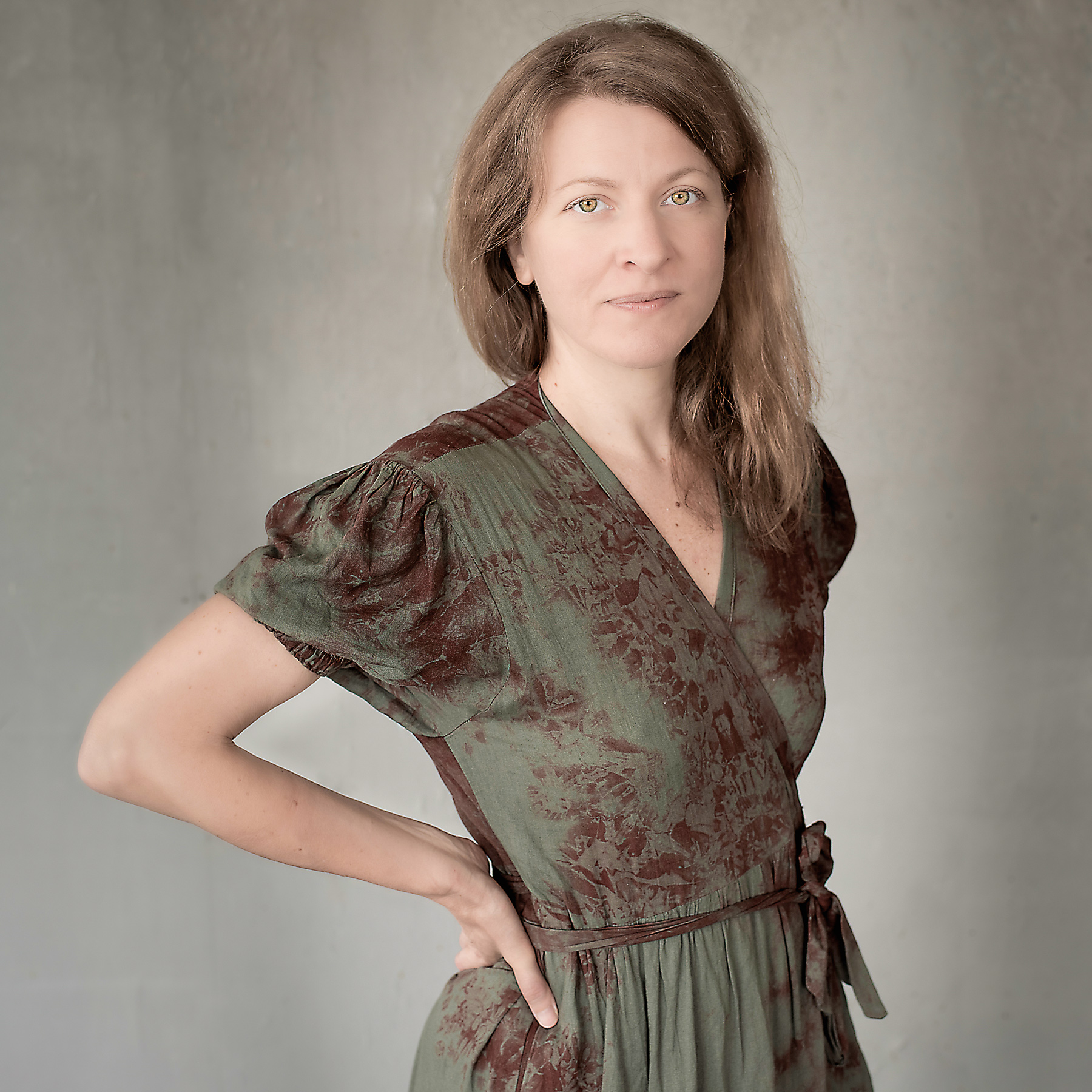
A Fresh Perspective on Senegal’s Photographic History
Dianna Wray
Portrait and Place: Photography in Senegal, 1840-1960
Giulia Paoletti. Princeton University Press. 2024.
A picture is worth a thousand words, as the saying goes, but what each one says depends on who is behind the camera, who faces it—and who looks at the result. In Portrait and Place: Photography in Senegal, 1840-1960, art historian Giulia Paoletti moves beyond viewing Senegal’s photographic history through a Western colonial lens. She shows how Senegalese photographers and sitters shaped visual culture on their own terms while placing their practices within the larger story of photography worldwide.
Paoletti’s research spans more than a decade—archival work across three continents, fluncy in Wolof, the West African language, and over 100 interviews. Rather than treat Senegalese photography as peripheral, she situates it at the center of a rich visual world. By the 1850s, the signare class—Senegalese mixed-race women married to colonial officers—commissioned portraits in Saint Louis, the former French colonial capital of Senegal. These photos circulated through families and religious networks, laying foundations for a distinct visual culture. Paoletti traces practices like xoymet, where women exchanged portraits to affirm bonds and social belonging, demonstrating how photographs created relationships rather than simply recording appearances.
Her treatment of mid-20thcentury studio photographers like Mama Casset and Macky Kane shows how Senegalese artists expressed personal and collective identities decades before Western museums acknowledged their significance. Paoletti connects these practices to broader currents, from Islamic devotional lithographs to modernist studio esthetics, revealing photography’s role in negotiating modernity, spirituality and independence.
Her treatment of mid-20thcentury studio photographers like Mama Casset and Macky Kane shows how Senegalese artists expressed personal and collective identities decades before Western museums acknowledged their significance. Paoletti connects these practices to broader currents, from Islamic devotional lithographs to modernist studio esthetics, revealing photography’s role in negotiating modernity, spirituality and independence.
Equally striking is Paoletti’s narrative style. Rather than isolating images as static objects, she integrates them into her arguments, pairing familiar studio portraits with rarely seen devotional photographs to illustrate the medium’s layered meanings and mobility.
Portrait and Place does more than recover an overlooked tradition. It repositions Senegal at the heart of photography’s global story. By foregrounding creativity, women’s practices and religious expression, Paoletti unsettles myths of colonial dependency and offers new vantage points for understanding how images are created, circulated and remembered.
Paoletti’s research spans more than a decade—archival work across three continents, fluncy in Wolof, the West African language, and over 100 interviews. Rather than treat Senegalese photography as peripheral, she situates it at the center of a rich visual world. By the 1850s, the signare class—Senegalese mixed-race women married to colonial officers—commissioned portraits in Saint Louis, the former French colonial capital of Senegal. These photos circulated through families and religious networks, laying foundations for a distinct visual culture. Paoletti traces practices like xoymet, where women exchanged portraits to affirm bonds and social belonging, demonstrating how photographs created relationships rather than simply recording appearances.
Her treatment of mid-20thcentury studio photographers like Mama Casset and Macky Kane shows how Senegalese artists expressed personal and collective identities decades before Western museums acknowledged their significance. Paoletti connects these practices to broader currents, from Islamic devotional lithographs to modernist studio esthetics, revealing photography’s role in negotiating modernity, spirituality and independence.
Her treatment of mid-20thcentury studio photographers like Mama Casset and Macky Kane shows how Senegalese artists expressed personal and collective identities decades before Western museums acknowledged their significance. Paoletti connects these practices to broader currents, from Islamic devotional lithographs to modernist studio esthetics, revealing photography’s role in negotiating modernity, spirituality and independence.
Equally striking is Paoletti’s narrative style. Rather than isolating images as static objects, she integrates them into her arguments, pairing familiar studio portraits with rarely seen devotional photographs to illustrate the medium’s layered meanings and mobility.
Portrait and Place does more than recover an overlooked tradition. It repositions Senegal at the heart of photography’s global story. By foregrounding creativity, women’s practices and religious expression, Paoletti unsettles myths of colonial dependency and offers new vantage points for understanding how images are created, circulated and remembered.
“I approach photography as an encounter between people and ways of seeing. Such an encounter is never pure nor peaceful. It engages and affects all who are involved, including the viewers who play an active role in negotiating the visible— that is, what is seen.”

COLLECTION CENTRE DE RECHERCHE ET DE DOCUMENTATION DU SENEGAL (CRDS)
Author's Corner
The Story Behind the Images
Giulia Paoletti on recovering Senegal's photographic past.
Go deeper with the author as she explains how overlooked portraits reshape the history of African photography.
